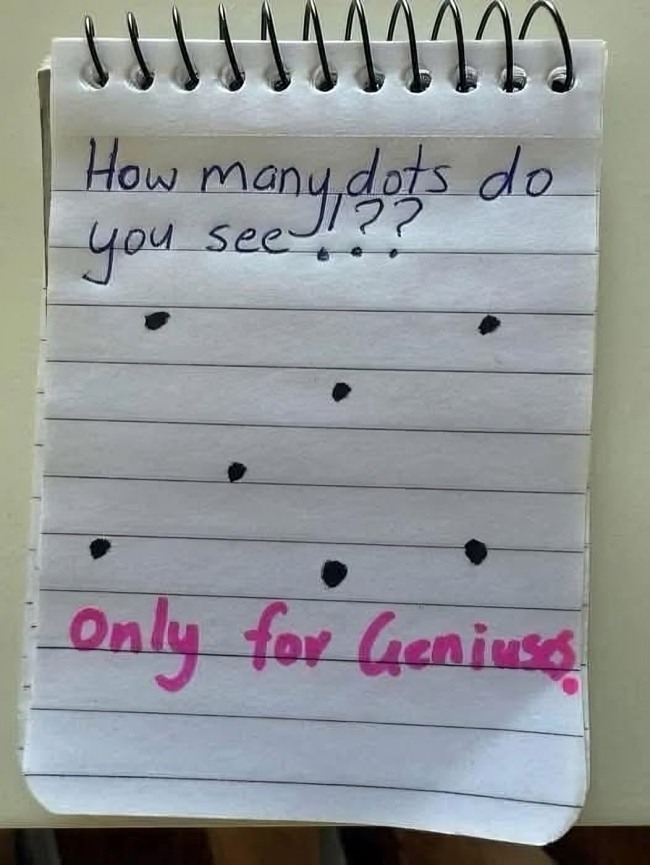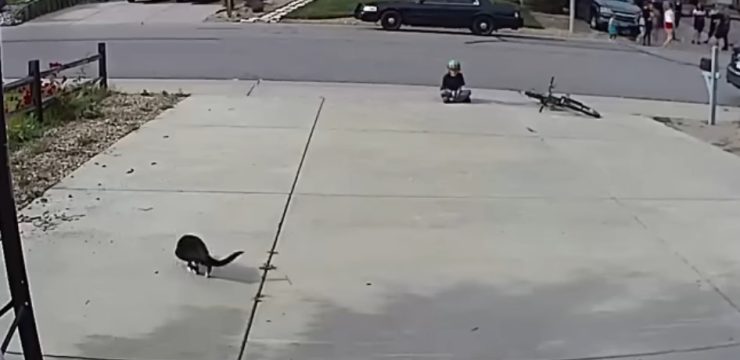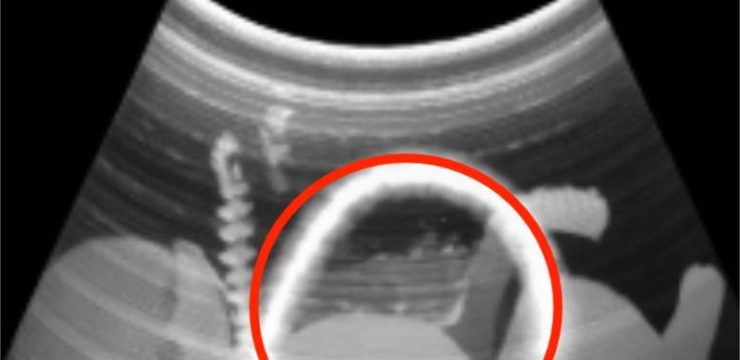These days, it feels like the internet has no shortage of puzzles designed to test your brainpower. Whether it’s optical illusions, tricky math problems, or visual riddles, social media is constantly challenging us to think harder and see differently. One image puzzle that recently went viral is doing just that—puzzling users with what seems like a simple task: counting dots. Sounds easy, right? But as with most viral brain teasers, this one comes with a twist.

At first glance, the challenge appears to be no big deal. There’s an image featuring green dots arranged in the shape of a cross. Your goal? Count how many dots you see. It’s the kind of thing you’d expect to breeze through in a few seconds. But if you’ve tried it already, you know there’s more going on than meets the eye.
This is where things get interesting. While the puzzle seems to be just about identifying and counting the visible dots, it’s actually a clever play on human perception. Our brains are wired to simplify things, especially when confronted with a lot of visual information. We tend to focus on what seems most obvious and ignore the subtler details—especially when we’re trying to make quick decisions.
That’s the whole trick behind this puzzle. It plays on a well-known cognitive bias: our tendency to miss small, less noticeable elements when we’re focused on the bigger picture. Think about it—how often do you miss something right in front of you simply because your brain filters it out as unimportant? That’s exactly what’s happening here.
So, let’s take a closer look. At first, most people quickly identify the black dots that make up the core of the image. There are seven of them in the shape of a cross, and for many, that’s where the counting stops. But that’s not the full story.
If you’re sharp-eyed—or just happen to take a longer look—you’ll start to notice some hidden dots scattered throughout the image in less obvious places.
Let’s break it down:
-
The Main Black Dots: These are the first to catch your attention. There are 7 black dots arranged in a cross pattern. They’re the stars of the image and easy to spot.
-
The Pink Dots: Not everyone notices these right away, but there are 2 pink dots included in the design. They’re more subtle, and that’s exactly why so many people miss them.
-
Symbols That Count: Here’s where it gets really fun. The punctuation marks in the image—specifically the question mark (?) and the exclamation point (!)—also contain dots! Yep, those little periods at the bottom of each symbol? They count, too.
-
There are 2 dots in the question mark symbol.
-
The exclamation mark adds 1 more dot to the total.
-
-
Bonus Detail in the Text: One more thing eagle-eyed observers have spotted: in the word “Geniuses” (likely part of a caption or context in the image), there are 2 i’s, and of course, each lowercase “i” comes with its own dot.
Now, if we tally all of that up:
-
7 black dots
-
2 pink dots
-
2 dots in the question mark
-
1 dot in the exclamation mark
-
2 dots in the word “Geniuses”
That brings the grand total to 12 dots.
But here’s the kicker—some people mistakenly count the holes of a spiral binder (if there’s one shown in the image) or even consider the word “dots” itself as part of the total. That’s a common pitfall. It’s important to remember that the word “dots” is just a label, and binder holes are not actual dots—they’re holes. Easy to confuse, but they don’t count in this puzzle.
The real challenge isn’t just about counting—it’s about being observant, detail-oriented, and not taking things at face value. Puzzles like this are great reminders of how our minds work. They show how easy it is to miss things that aren’t front and center, and how our attention can be directed in subtle ways that affect what we see—and what we don’t.
So, how many dots did you see at first? If your initial guess was lower than 12, don’t worry—you’re not alone. That’s the magic of this puzzle. It’s designed to make you think twice, look again, and question your assumptions.





